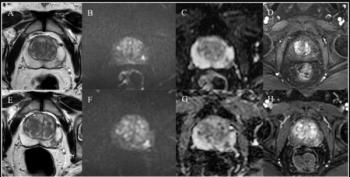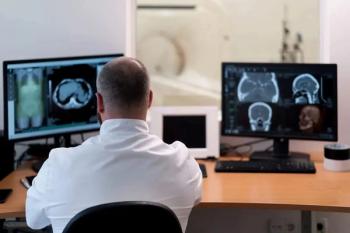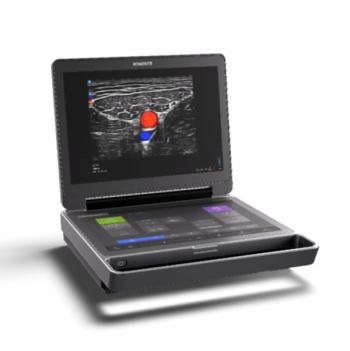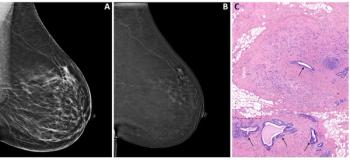
Navy watches MDIS project progress
While the U.S. Army and Air Force move forward with the medicaldiagnostic imaging support (MDIS) project, the Navy is followingMDIS closely to determine whether to develop its own picture archivingand communication system. Budget constraints have so
While the U.S. Army and Air Force move forward with the medicaldiagnostic imaging support (MDIS) project, the Navy is followingMDIS closely to determine whether to develop its own picture archivingand communication system.
Budget constraints have so far prevented the Navy from joiningMDIS, according to U.S. Navy Capt. Jerry Thomas, chief of radiologicalphysics at the Uniformed Services University of the Health Sciencesin Bethesda, MD.
"There isn't money in the U.S. Navy to fund MDIS capabilitiesat this time," Thomas said. "That doesn't mean we'renot interested. We're monitoring this project carefully."
MDIS is a broad contract for providing PAC systems to health-carefacilities of the Department of Defense and other interested governmentagencies that budget accordingly. The first phase of MDIS willcreate filmless radiology systems for five Air Force and Armymedical centers. This will include use of computed radiographysystems and film digitizers.
Siemens Medical Systems and Loral Aerospace were awarded theMDIS contract last year. The project has been granted an acquisitionceiling of $290 million (SCAN 1/29/92).
Part of the reason the Army and Air Force are more activelyinvolved in MDIS is that their medical departments are betterfunded than the Navy's medical department, Thomas said. Additionally,the Army has been designated as the service branch that will takethe leading role in the development of new medical technology.
While lower funding does not affect the quality of care thatNavy beneficiaries receive, it does have an effect on equipmentprocurement, he said. For example, the Navy has only two or threeMR scanners, compared to a total of 15 for the Army and the AirForce.
If the MDIS project is successful and funding is available,the Navy will probably move to implement PACS technology, he said.While the Navy would not necessarily purchase a system developedby Loral and Siemens, any Navy PACS system would be compatiblewith MDIS.
"The services want to make sure equipment is compatible,and that depends on where the MDIS project stands when the Navystarts to buy," Thomas said.
Speculation about the future of PACS in Navy medicine, however,must take into consideration the massive budget cuts the militaryis experiencing, he said. Cutting the size of the armed forcesdoesn't automatically translate into a reduced work load for militarymedical departments because retirees are eligible for militaryhealth care.
"Dollars are tight everywhere, and (legislators) thinkthey're going to take some of the big dollar savings home to theirconstituents," Thomas said. "Before we go into a projectlike this, we need to have the money allocated."
BRIEFLY NOTED:
- Mallinckrodt Medical (see story, page 2) received Japaneseregulatory approval in April for sales of its Optiray low-osmolarnonionic x-ray contrast agent. Yamanouchi Pharmaceutical of Japanhas been licensed to sell the agent in that market. The x-raycontrast market in Japan is estimated at $850 million per annum,95% of which involves low-osmolar products, the company said.
Mallinckrodt Medical also signed an agreement in April to constructa plant in Petten, the Netherlands, for manufacture of molybdenum-99,a key ingredient of the nuclear medicine radioisotope technetium-99m.The agreement was reached with the Netherlands Energy ResearchFoundation (ECN).
Dutch subsidiary Mallinckrodt Medical BV will build the plantat an ECN facility adjacent to its own radiopharmaceutical plant.After full production commences, which is expected by the endof 1994, the plant will serve Mallinckrodt Tc-99m generator productionfacilities in both the U.S. and Europe. The Mo-99 technology waslicensed by Mallinckrodt from the Nuclear Research Center at Karlsruhe,Germany.
The worldwide nuclear medicine radiopharmaceutical market isestimated at $600 million per year. The market is projected togrow at an annual rate of 13%, to over $1 billion by the middleof the decade, the company said.
Newsletter
Stay at the forefront of radiology with the Diagnostic Imaging newsletter, delivering the latest news, clinical insights, and imaging advancements for today’s radiologists.






























